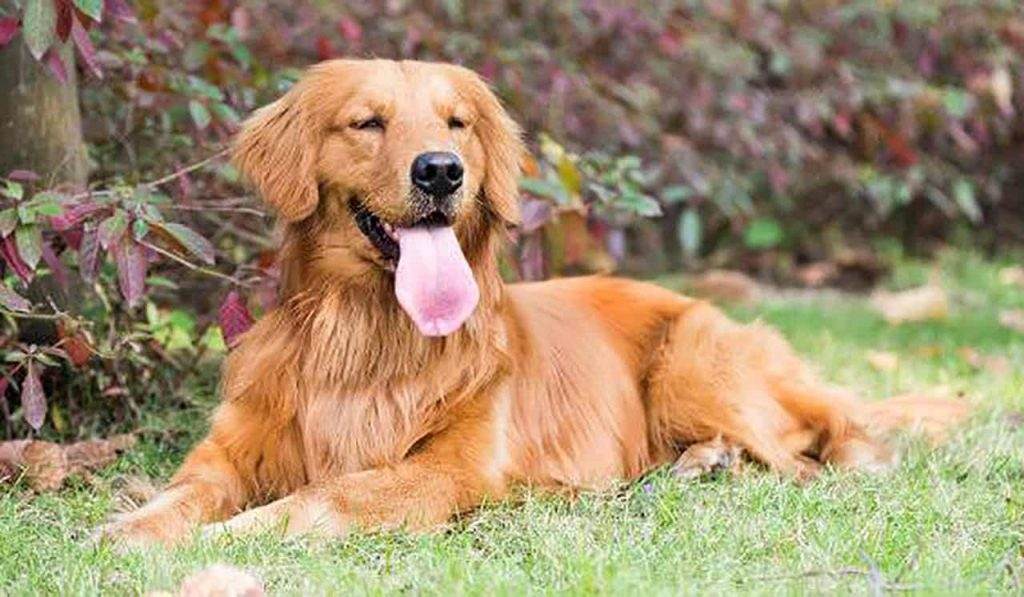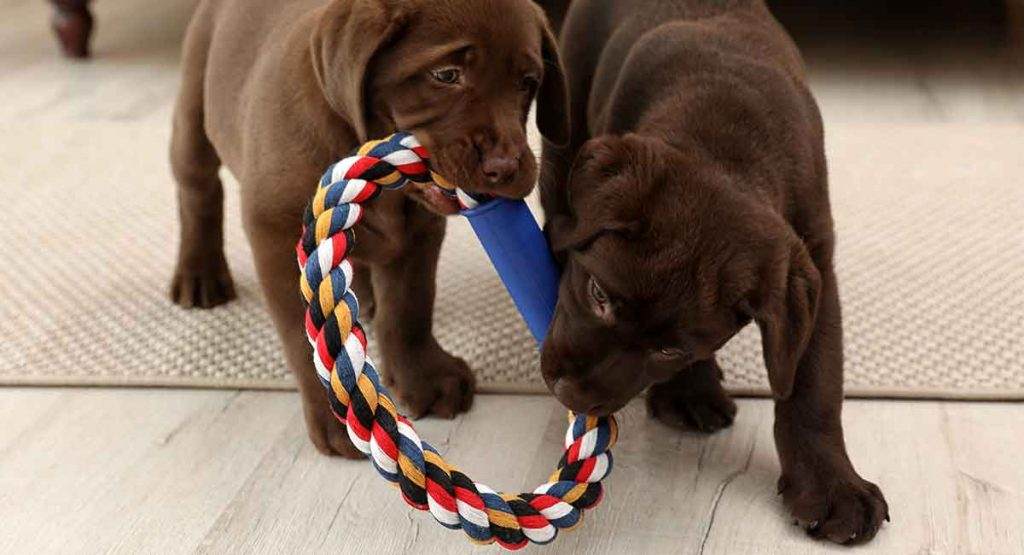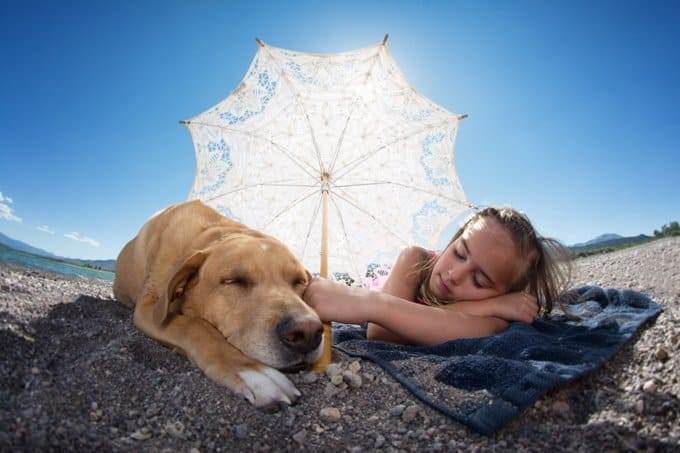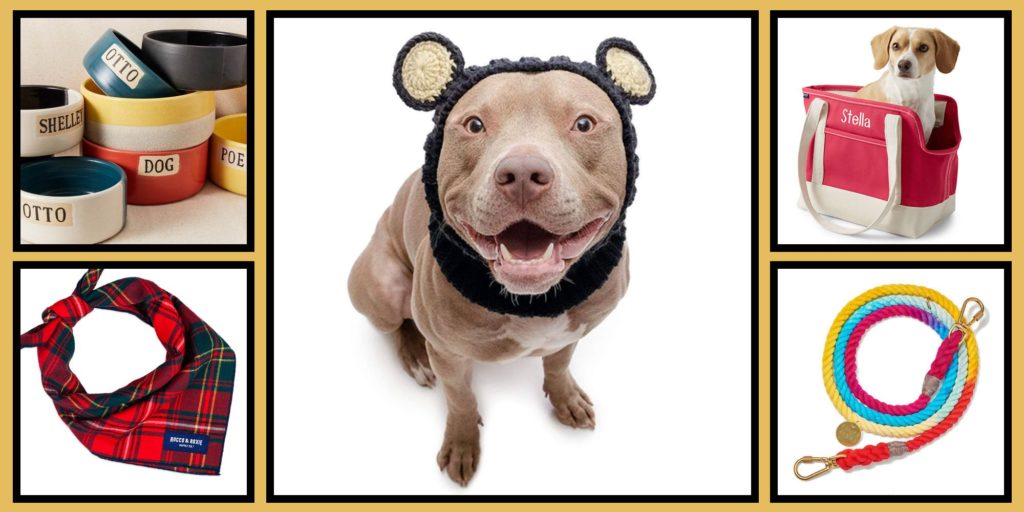Labradoodles are always adorable, and when you see a red one, it is like a cherry on the cake. With that fluffy, lustrous red coat, they look all the more cute and cuddlesome. Probably that is why so many dog lovers are scrolling through the browser to find this utterly adorable dog.
If you are one of such red Labradoodle admirers and want to own these furry babies, you have to be aware of its origin, physical traits, personality traits, bodily and emotional needs. This article will provide you with all the information you must be mindful of to raise a red Labradoodle.
What is a Red Labradoodle?
The red Labradoodle is not any different breed from the standard Labradoodle. Do not get duped by the dog name. It is just a Labradoodle with a red coat color. This red color can vary from dark burnt auburn to light ginger. However, you won’t know what shade of red color your Labradoodle will exhibit unless it has reached the age of at least eight to ten months.
Some Labradoodle enthusiasts argue that the red fur color must be solid red for a Labradoodle to be considered red. If a Labradoodle’s red fur color fades at the roots, it cannot be regarded as a red Labradoodle.
However, there are no rigid standards for these mixed breed dogs. Consequently, whether such enthusiasts agree or not, a Labradoodle is a red Labradoodle if its coat exhibits a red color. The shade is not significant.
Besides that, the red fur color tends to fade when the Labradoodles grow old. So, you cannot really differentiate two distinct shades of red Labradoodles as correct or incorrect.
Red Labradoodle as a Designer Dog
Before you try to differentiate between the ‘pure’ red Labradoodles and the ‘other’ red Labradoodles, you must remember that Labradoodles are themselves not purebred. They have been produced by crossing two famous purebred dogs- Labrador Retrievers and Standard Poodles.
Labradoodles that have miniature Poodles as one of their parents in place of Standard Poodles are known as mini – Labradoodles.
Like all inventions, Labradoodles have been created out of necessity in Australia. It was the result of a blind woman’s predicament and her husband’s pet allergies. Wally Conlon, Labradoodle’s creator and the then puppy breeding in charge of the Royal Guide Dog Association, decided to mix Labrador’s guide dog qualities with Poodle’s non-shedding coat to meet this couple’s requirements.
In this way, one of the most favored hybrid dogs came into existence. Because of their Australian origin, these hybrid dogs are also known as Australian Labradoodles.
How did the red Labradoodle inherit that beautiful red coat color?
There is no rocket science in finding out what determines a dog’s coat color. It is simple genetics. You just need to be aware that there are two pigments in every dog-red (phaeomelanin) and black (eumelanin). Consequently, they are termed as default colors.
You may ask why there are so many dogs’ colors in this world if there are only two default colors? The answer is the presence of other genes. These genes react with the genes that are supposed to determine the body color. Consequently, the default black color transforms into colors like blue, brown, grey, etc. On the other hand, the default red color changes into colors like orange, yellow, tan, golden, etc.
So, this is how the red Labradoodle acquires its red body color. What about the nose and eyes?
What causes the color of Red Labradoodle’s nose and eyes?
A dog’s eye and nose color is determined by the eumelanin (black) gene, which reacts with other genes to produce colors like amber, brown, hazel, or different variants. A proper and well-bred designer, red Labradoodle, will have a black nose and two dark brown eyes. However, there is no rigid rule or standard about it.
Impact of Genetics on the Red Labradoodle’s overall personality
Your red Labradoodle’s physical features and temperament will mainly depend on the generation to which it belongs. If it is closer to its purebred Labrador and Poodle parents, the characteristics variability is likely to increase. Conversely, if it is distant from its purebred ancestors, that is to say, if both of its parents’ are Labradoodles, there will be uniformity and predictability in your Labradoodle’s characteristics.
Here are the different red Labradoodle genetic programs your breeder may involve in:
- F1 red Labradoodle: It involves one purebred Labrador and a purebred Poodle parent.
- F1b red Labradoodle: Here, a Labradoodle parent is crossed with any of the purebred parents (Poodle or Labrador Retriever).
- F1bb red Labradoodle: It involves one F1b Labradoodle and one standard Poodle. The resultant offspring tend to have a significant probability of receiving a non-shedding coat.
- F2 or F2b red Labradoodle: In these genetic programs, two early-generation Labradoodles are mated. These are also called Later-generation breeding programs.
- F3 red Labradoodle: Also called as Multi-generation breeding programs, these involve later-generation Labradoodles.
Labradoodles belonging to the later-generation and multi-generation breeding programs have some uniformity in their physical and characteristic features. However, their qualities will still depend on the breeder’s choice of characteristics. If you wish to be sure of your red Labradoodle’s coat color and behavior, you have to search for a knowledgeable and reliable breeder who will be very open about their dogs’ pedigree.
Height, Weight, and Size of Red Labradoodle
Labradoodles are produced by crossing Labrador Retrievers with any of the two kinds of Poodles – Standard Poodles and Miniature Poodles. Consequently, there tends to be a lot of variation in the red Labradoodle’s height, weight, and sizes. Here is a chart to demonstrate the weight and height of red Labradoodles based on their different sizes.
| Size | Height | Weight |
| Standard | 21 to 24 inches | 50 to 65 pounds |
| Miniature | 14 to 16 inches | 16 to 25 pounds |
| Medium | 17 to 20 inches | 30 to 40 pounds |
Personality traits of Red Labradoodle
It is a known fact that even the so-called purebred dog breeds had been once crossbred to establish their current breed standards. However, what distinguishes the existing mixed breeds from these purebred dog breeds is that you can never predict the former’s characteristics.
To put it in other words, you can never know what physical and temperamental characteristics your red Labradoodle will inherit from its parents. It can be shy and reticent like the Poodles, or it can be cheerful and outgoing like the Labrador Retrievers.
If you do not wish to be unsure about your dog, you must do thorough research on your pup’s purebred parents. The research work will not merely entail theoretical inquiry. You have to practically meet your prospective four-legged baby’s real parents.
Fortunately, both Labrador Retrievers and Poodles are famous for their loyal, affectionate, and smart nature. They are children friendly and good house dogs. Therefore, whoever maybe your red Labradoodle’s real parents, one thing is for sure. You will have an excellent family dog.
Socialization and Training of Red Labradoodle
As puppies, red Labradoodles tend to be quite playful and boisterous. Fortunately, both of their purebred parents are known for their “eager to please” personalities. Consequently, your red Labradoodle will be trainable enough to pick up new skills very quickly.
Therefore, the onus is upon you to select the correct methods to work on your red baby’s obedience skills. Besides that, you have to gradually expose it to various kinds of smells, human beings, surroundings, and situations. The more you work on your red Labradoodle’s socialization skills, the less it will suffer from mental issues like anxieties and fear.
Because your dog is so enthusiastic and ‘people-pleasing, ‘you will find an excellent student and friendly companion in your red Labradoodle.
Exercise Needs of Red Labradoodle
Your red Labradoodle is going to be quite a handful. And why not? Both its Labrador and Poodle parents are known for their athletic, hunting, and working qualities. Therefore, it is not at all surprising that your red Labradoodle will need a lot of exercise and activities to keep it physically healthy and mentally sane.
You have to engage your dog in various kinds of outdoor and indoor games to keep it psychologically and physically engaged. As you decide to raise your red Labradoodle, always keep one thing in mind. A bored Labradoodle is a destructive and hyperactive Labradoodle. Therefore, exercise your pup enough to keep it tired for any kind of mischief.
Grooming Needs of Red Labradoodle
Labradoodles, in general, tend to receive any of the following three different kinds of coats: fleece, hair, or wool. Due to this variation in their fur types, they tend to have distinct grooming needs.
Fleece Coat Grooming Needs
As evident from the name itself, the hair is soft and silky with a curly or wavy texture. The coat doesn’t shed much or undergoes seasonal shedding. Therefore, you won’t have to struggle much with this kind of fur. Regular brushing will do just fine to cater to your red Labradoodle’s grooming needs. Besides that, you can clip your dog’s excess hair to keep them out of its ears, eyes, paws, and private parts.
Hair Coat Grooming Needs
This one is like the classic heavy shedding Labrador coat but with longer hair. Consequently, you will have to regularly brush your dog’s fur, give it an occasional bath with anti-bacterial de-shedding shampoos, and clip its hair for hygienic reasons.
Wool Coat Grooming Needs
This coat type is closest to the classic Poodle coat. The hair is dense, curly, non-shedding, and wiry. You will face quite a hard time managing this type of fur as the dead and fallen hair tend to get tangled and matted. Regular brushing and professional hair care are highly recommended for this kind of body coat.
Red Labradoodle Health Issues
Just like its temperament and physical features, your red Labradoodle’s overall health will depend on which of the health issues it has inherited from its parents. If you want your red Labradoodle to live longer, try to do thorough research on its parents’ general health issues. Meet its parents and ask for the following health screening records of your Labradoodle’s parents from your breeder:
Poodles (toy)
- Eyes problems
- Patellar Luxation
Poodles (miniature)
- Patellar Luxation
- Hip dysplasia
- Eye problems
Poodles (standard)
- Eye problems
- Thyroid issues
- Hip dysplasia
- Sebaceous adenitis
- Cardiac related problems
Labrador Retriever
- Hip dysplasia
- Elbow dysplasia
- EIC (Exercise-induced collapse)
- D Locus (Dilute) gene
- Centronuclear myelopathy
- Eyes problems
- Heart problems
If you got a dilute colored red Labradoodle (yellowish-red), get a DNA test done immediately. Your dog may be carrying the D Locus Dilute gene. The test is vital because the gene can cause your red Labradoodle to develop alopecia – a genetic disorder that leads to patchy hair loss typically between 4 to 24 months. Alopecia increases the probabilities of developing folliculitis (bacterial infection).
Selecting a reliable breeder for your Red Labradoodle
Selecting a reliable breeder can be a really daunting and exhausting job. This is specifically relevant if you are a novice in this field. However, you cannot afford to slack in this part because your red Labradoodle’s health will depend on its parents. Therefore, when you venture to search for a breeder, always look for these three things:
- Initial health guarantee.
- Health testing and vaccination records.
- Take back guarantee in case the puppy doesn’t prove to be suitable.
Conclusion
Hopefully, this detailed guide on red Labradoodle has proved to be quite informative for you. If you are smitten by this beautiful dog’s coat color, why not consider owning one? They are loyal, intelligent, and very energetic. Consequently, you will have a perfect family dog. Just be sure that you find a reliable breeder who allows you to get acquainted with your pup’s real parents. You will be ready to take on any challenges you may encounter while raising your enchanting red Labradoodle.
Table of Contents





